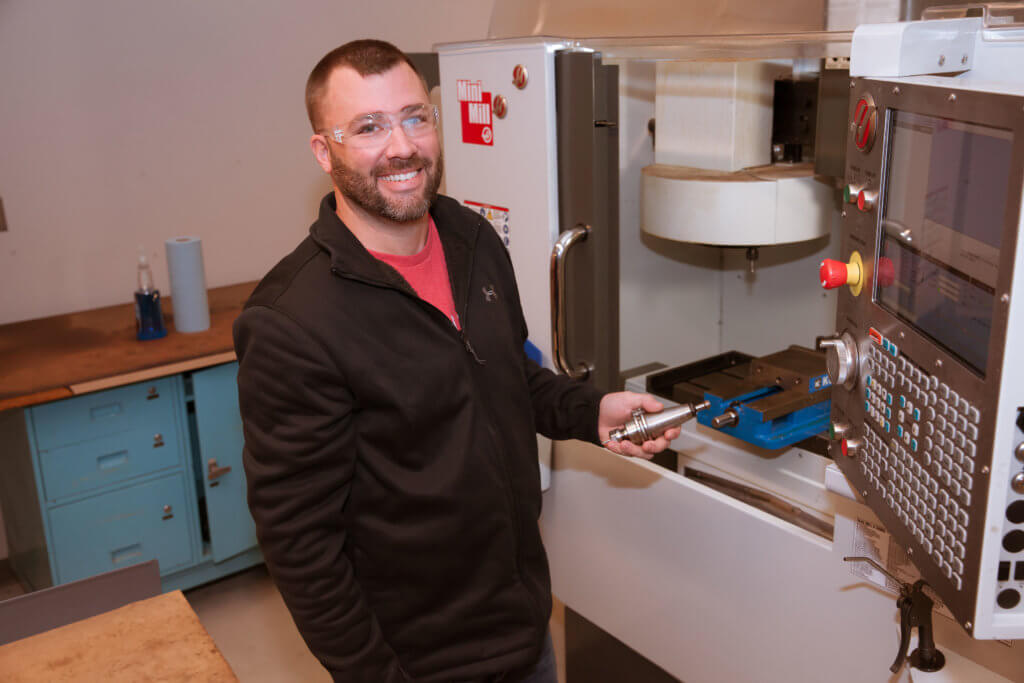Why become a Weatherization Installer?
- Weatherization installers help people make their homes more energy-efficient — sealing leaks, adding insulation, and installing energy-saving measures. This directly lowers heating and cooling costs, which is meaningful work for families struggling with high utility bills. Many people are proud to help low-income households save money and stay warmer in winter and cooler in summer.
- Weatherization can be a steppingstone to other roles in energy efficiency, building science, HVAC, or construction management. Some installers go on to become energy auditors, crew leaders, or contractors.
- Each home is different — one day you might be insulating an attic, the next you could be weather-stripping doors or testing for air leaks. The work is physical but not repetitive in the same way factory work can be.
- It’s accessible work — most jobs don’t require a college degree. Training is hands-on in a 3-day course, so people can enter the field quickly.
- Weatherization jobs are a wonderful way to have hands-on experiences with many trades (such as electrical, HVAC, and general building construction), which can open interest in and doors to other careers.
What does the job entail?
- Weatherization installers usually work on-site, often in homes of low-income families, as part of government or utility weatherization programs aimed at cutting energy bills and improving living conditions. The work is hands-on and can be physically demanding. The work typically includes:
- Air sealing (caulking, weather-stripping, and insulating areas where air escapes, like doors, windows, attics, and basements).
- Installing insulation in attics, walls, crawl spaces, and floors.
- Repairing or replacing windows and doors to improve energy performance.
- Minor repairs to ensure the home is safe and ready for weatherization upgrades (e.g., fixing ventilation or moisture problems).
- Using diagnostic tools like blower doors and infrared cameras to find air leaks and measure energy loss.
- Following safety protocols for working with insulation materials, tools, and ladders.
- Interacting with homeowners to explain work being done and ensure the home is prepared.
The Course
This 3-day course will cover weatherization basics, air sealing fundamentals and retrofit insulation fundamentals using hands-on instruction from experienced installers.
What skills does a Weatherization Installer need?
- Basic construction skills
- Insulation and air sealing techniques
- Diagnostic skills
- Attention to detail
- Problem-solving
- Physical stamina
- Safety awareness
- Communication skills
- Strong teamwork, reliability, and a willingness to learn new methods and technologies
Job Outlook
Energy efficiency is an increasing priority as energy costs rise, and climate concerns grow. Many states and local governments fund weatherization programs through federal and state grants, creating steady demand for workers. In New Hampshire, the job outlook for Weatherization Installers is stable with moderate growth, supported by strong demand for energy upgrades and home retrofits. Related jobs like insulation workers and HVAC technicians are expected to grow by about 4–6% over the next decade, with steady openings as older workers retire. Weatherization offers a reliable entry point into the growing green energy and building trades workforce.
In New Hampshire, Weatherization Installers/Technicians typically earn around $45,220 per year—about $22 /hour.
3 consecutive, in-person full days from 8AM-4PM.
- $1,250
- Tuition assistance is available to eligible participants through NHSaves and the Town of Peterborough
- Location: Lakes Region Community College Campus
- Schedule: October 23, 24, and 25 (Wednesday, Thursday, and Friday from 8AM-4PM) (anticipated)
- NHSaves
- NH Department of Energy
- Town of Peterborough
- MAXT Makerspace in Peterborough





